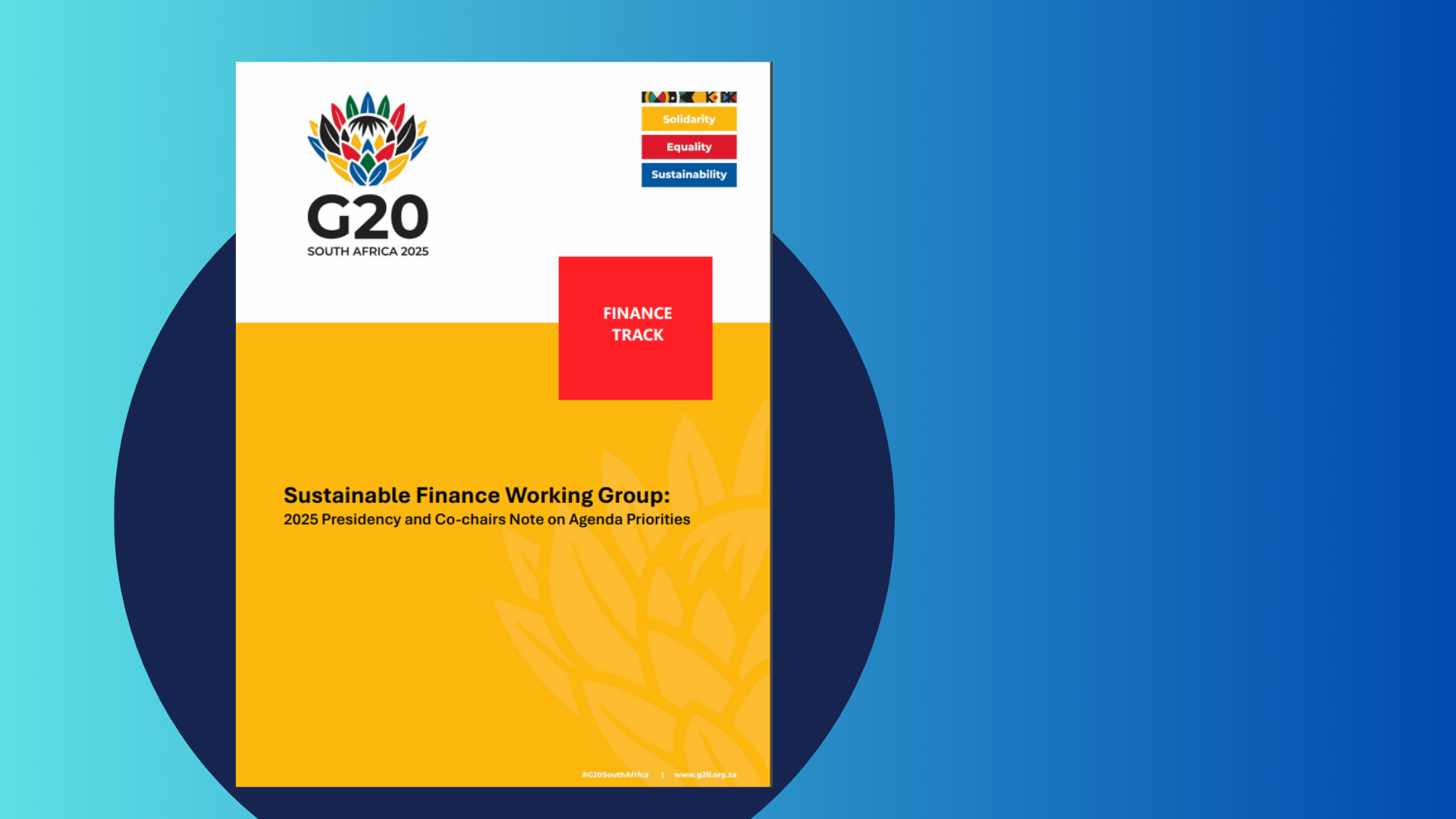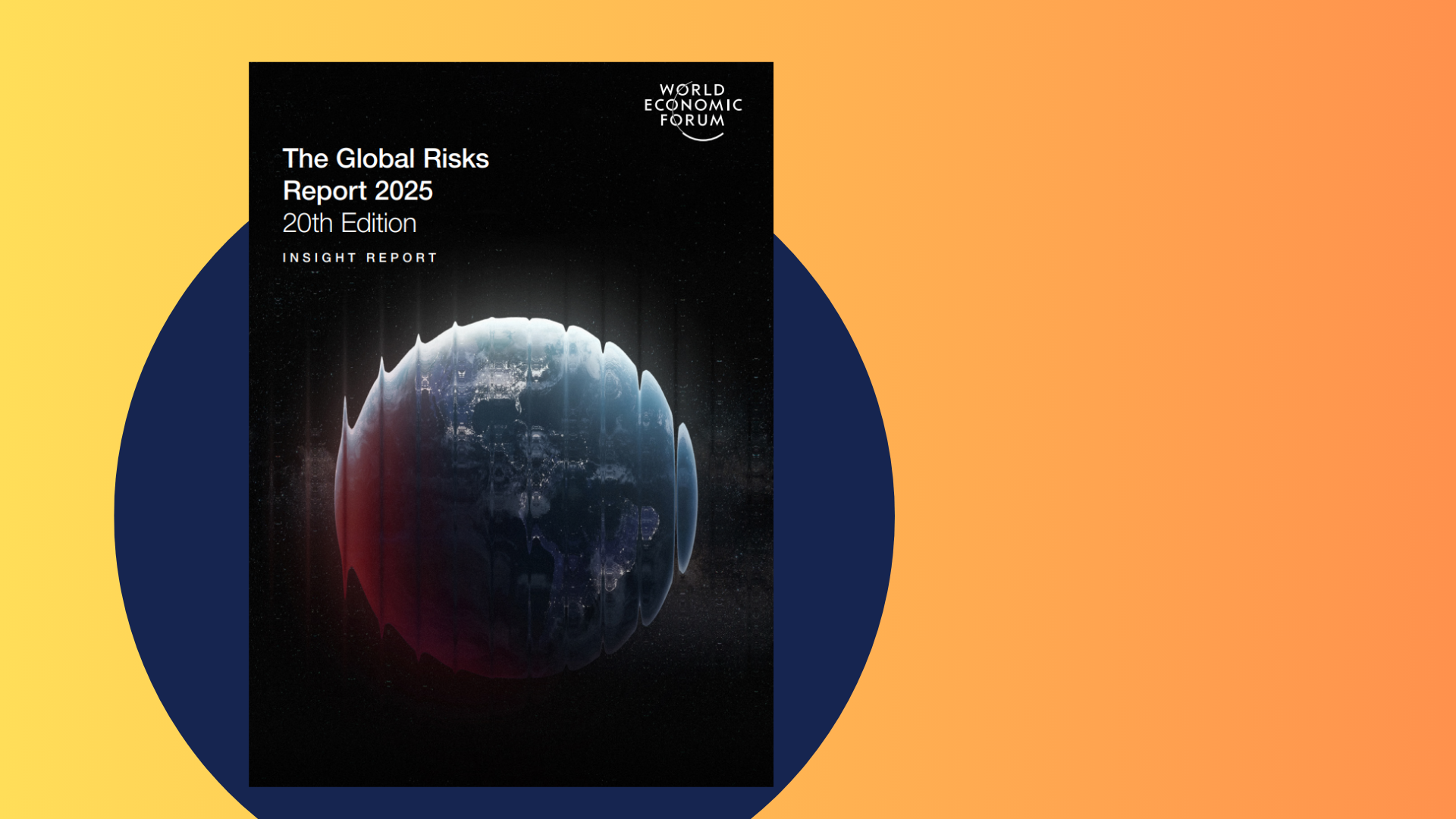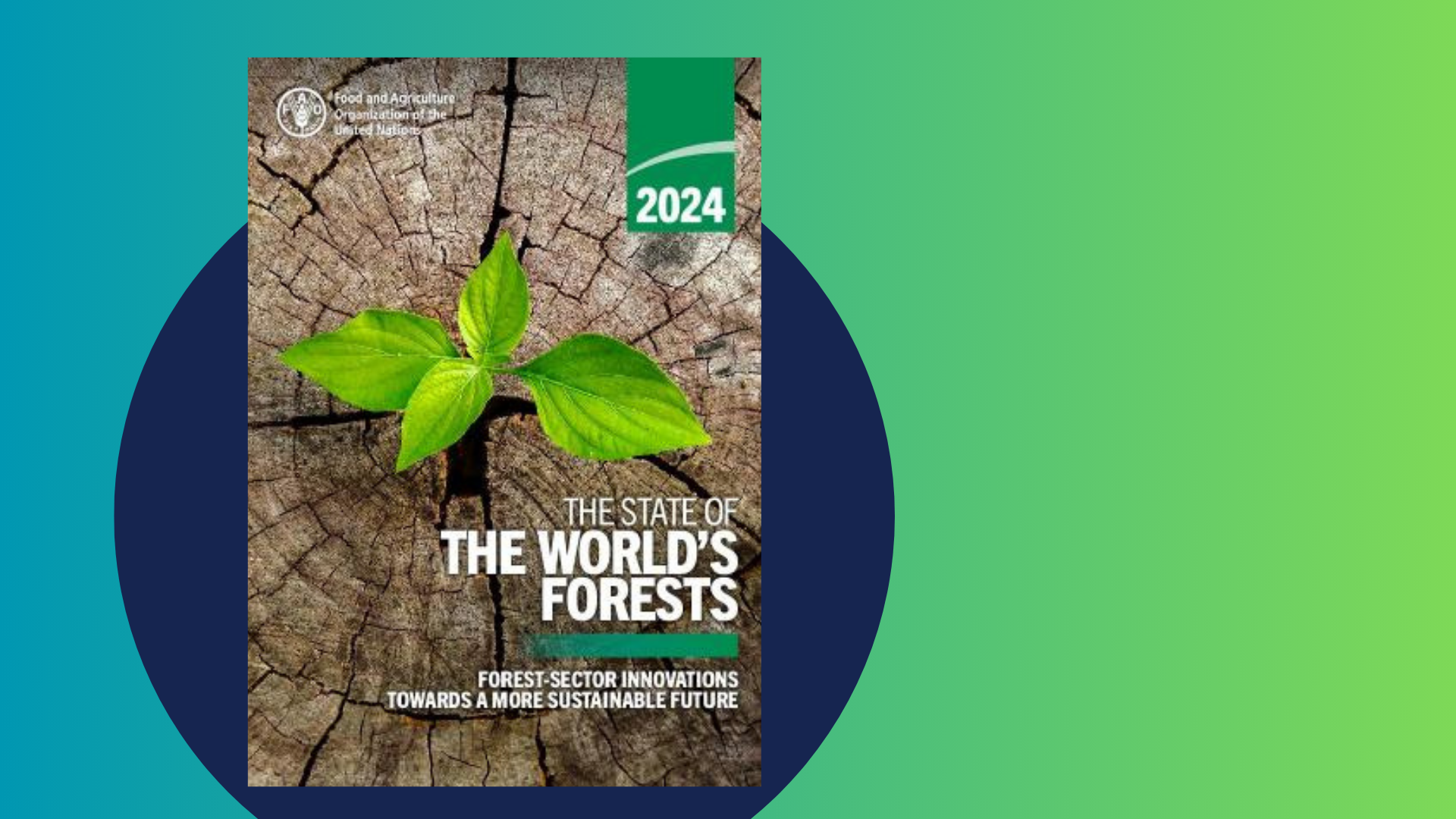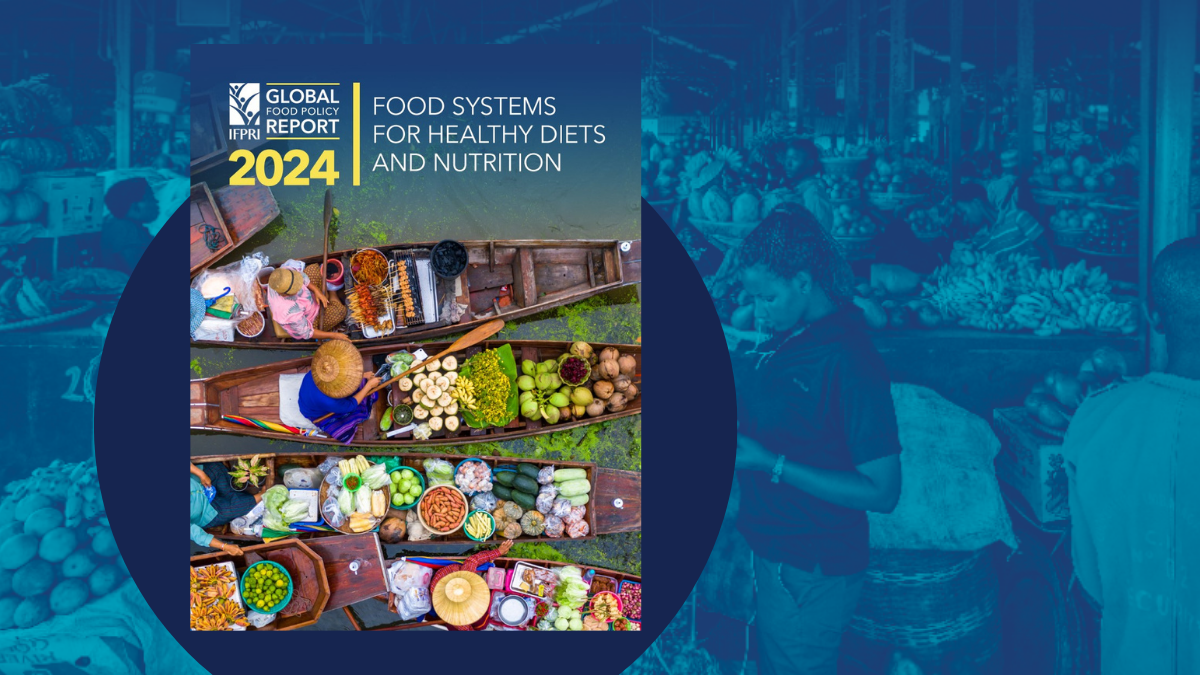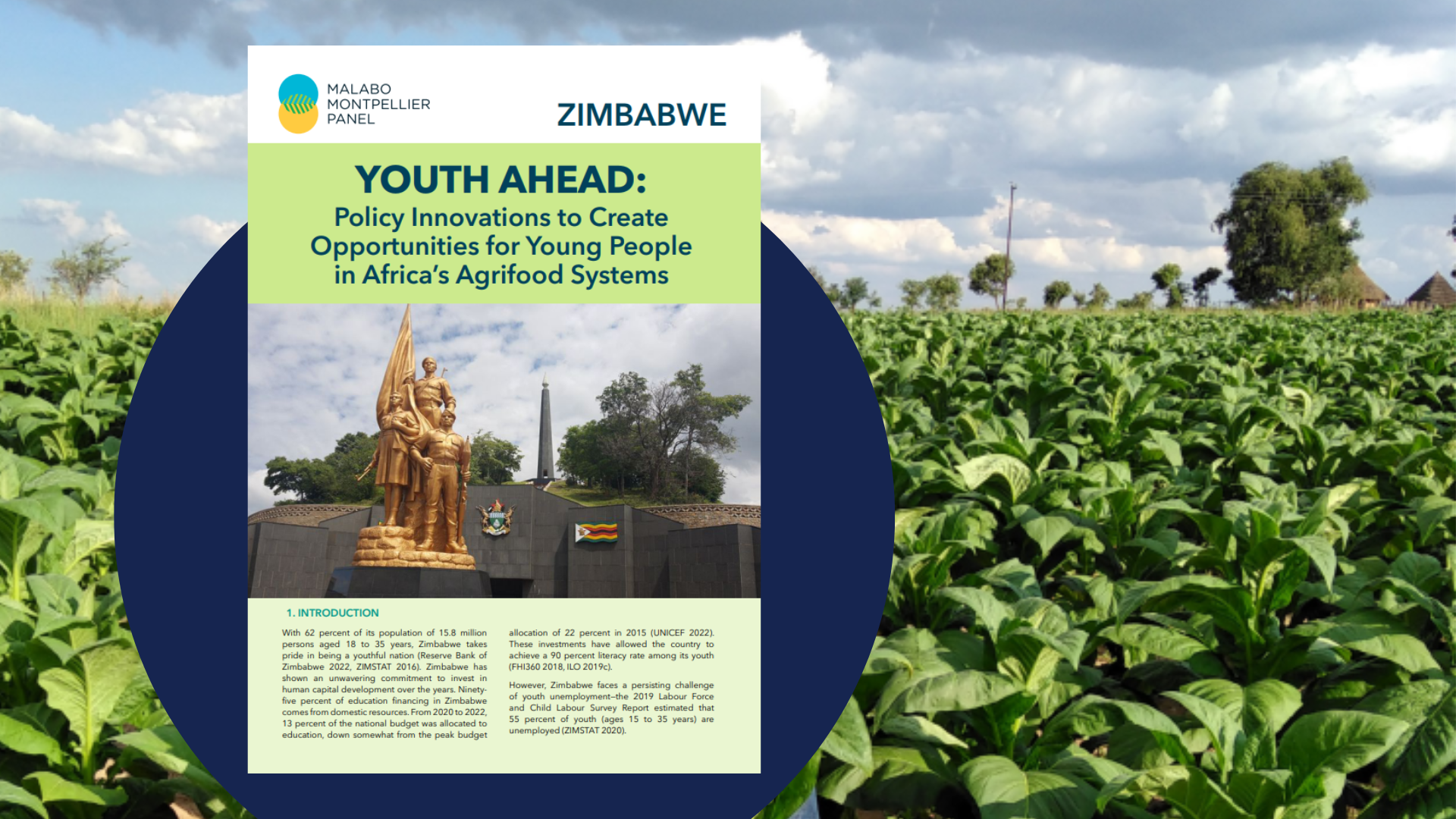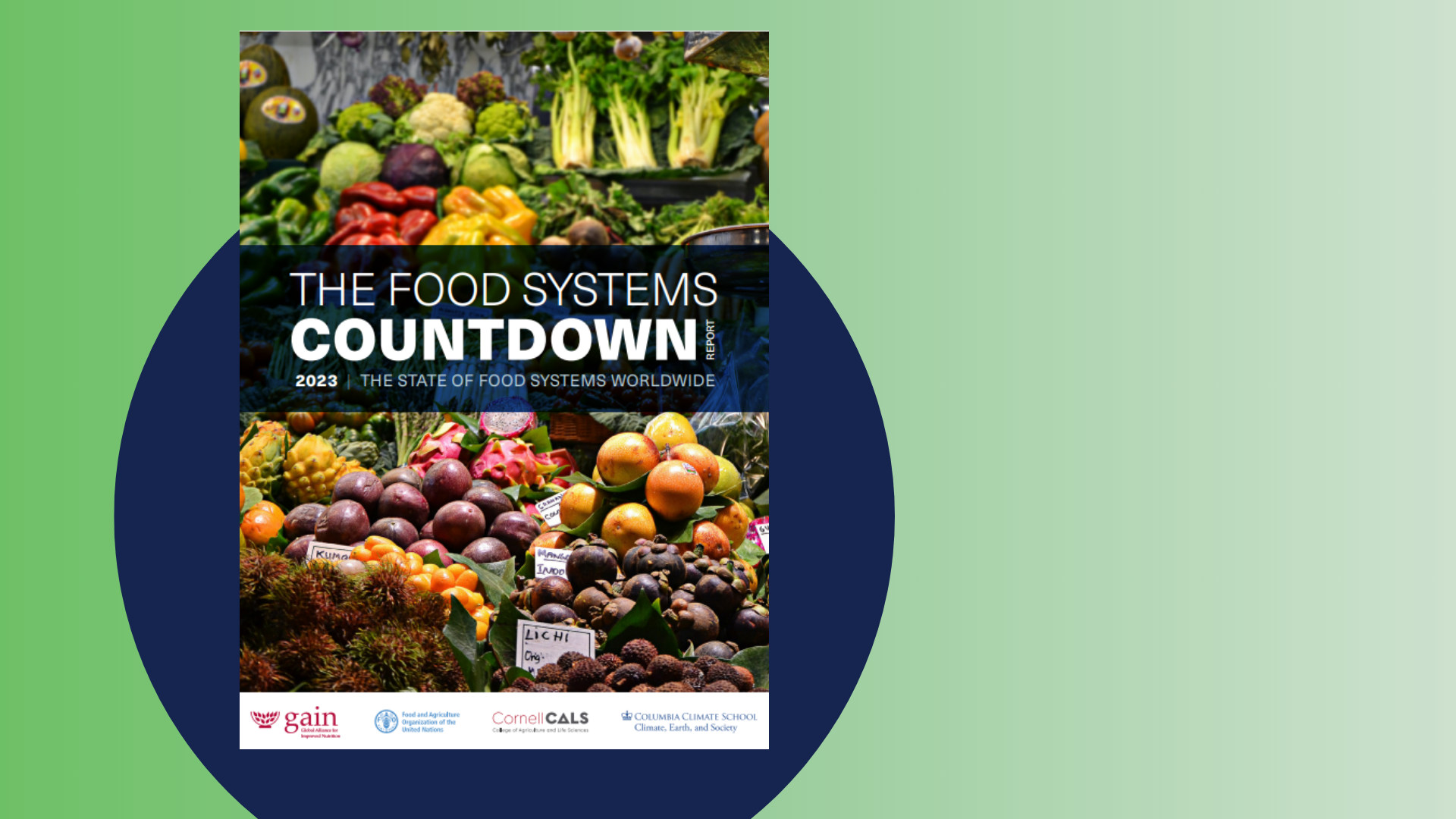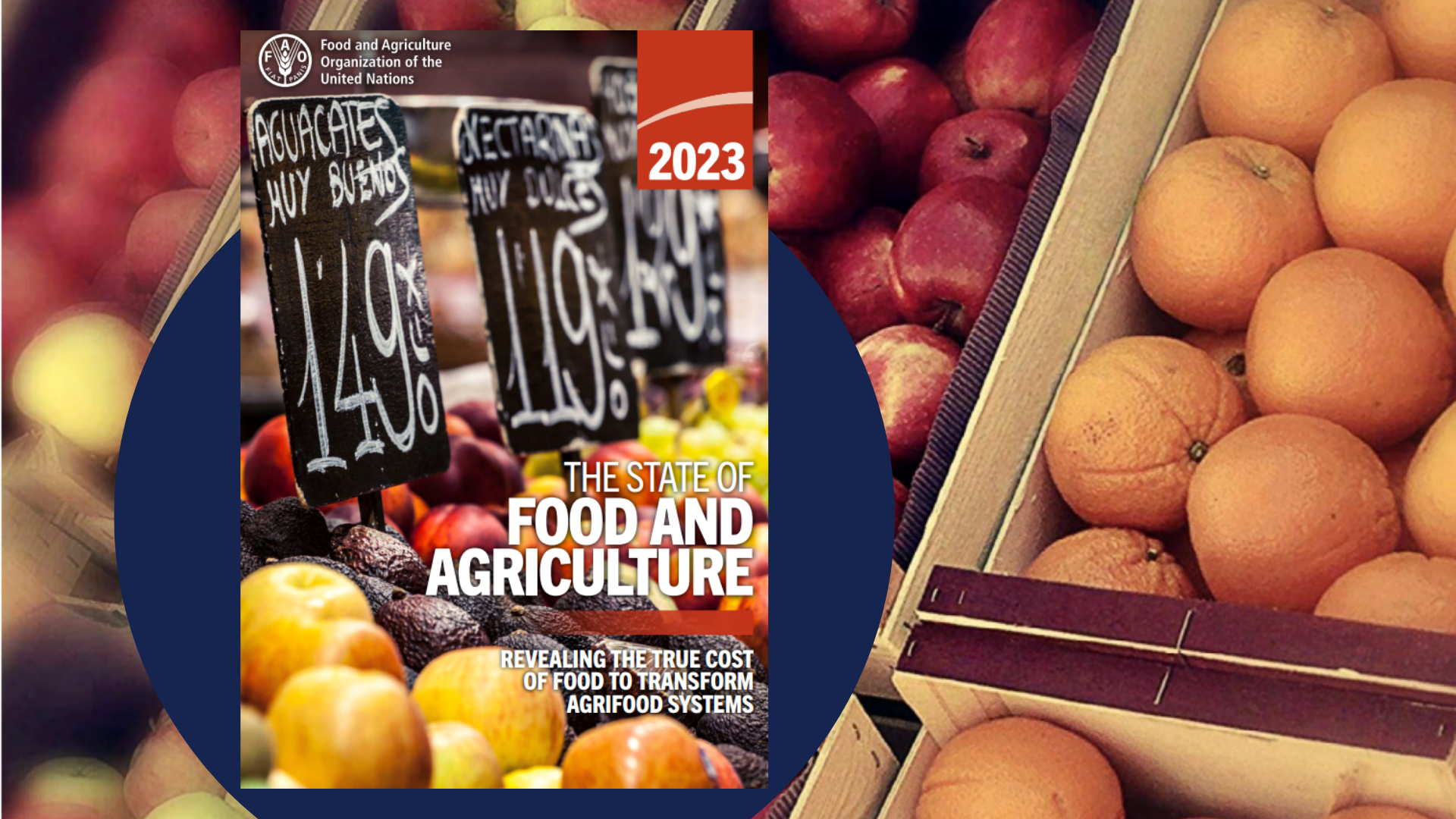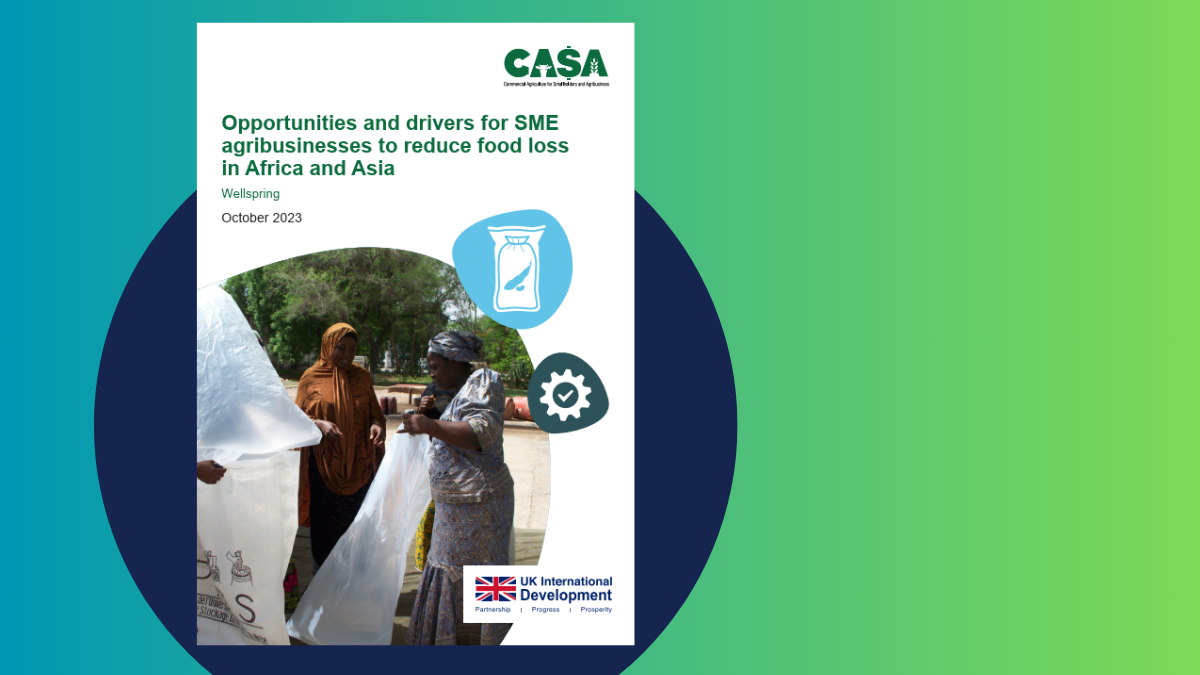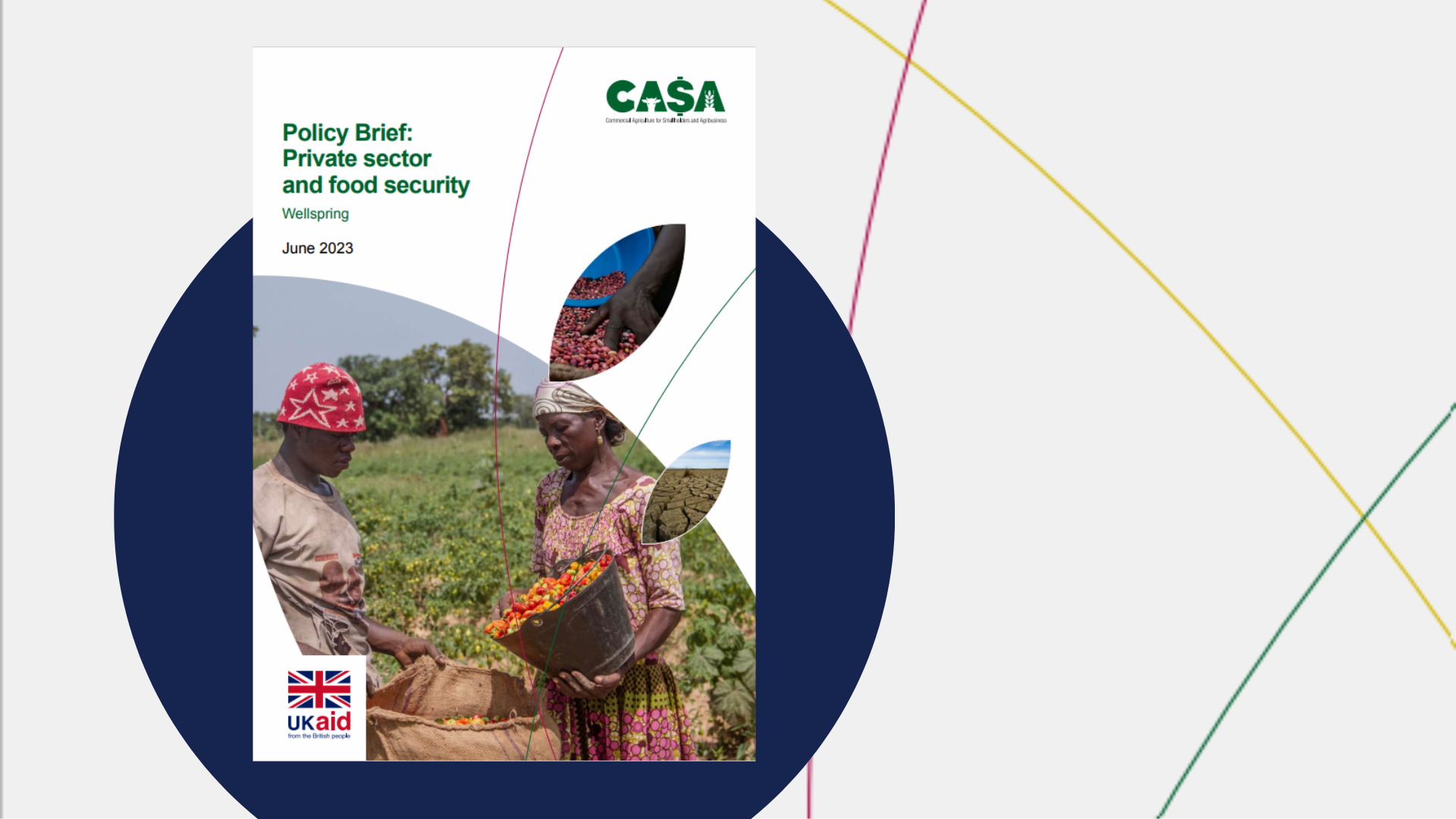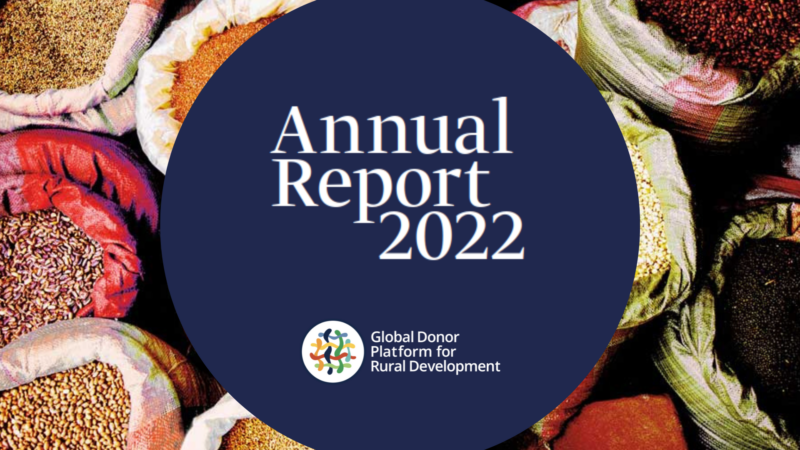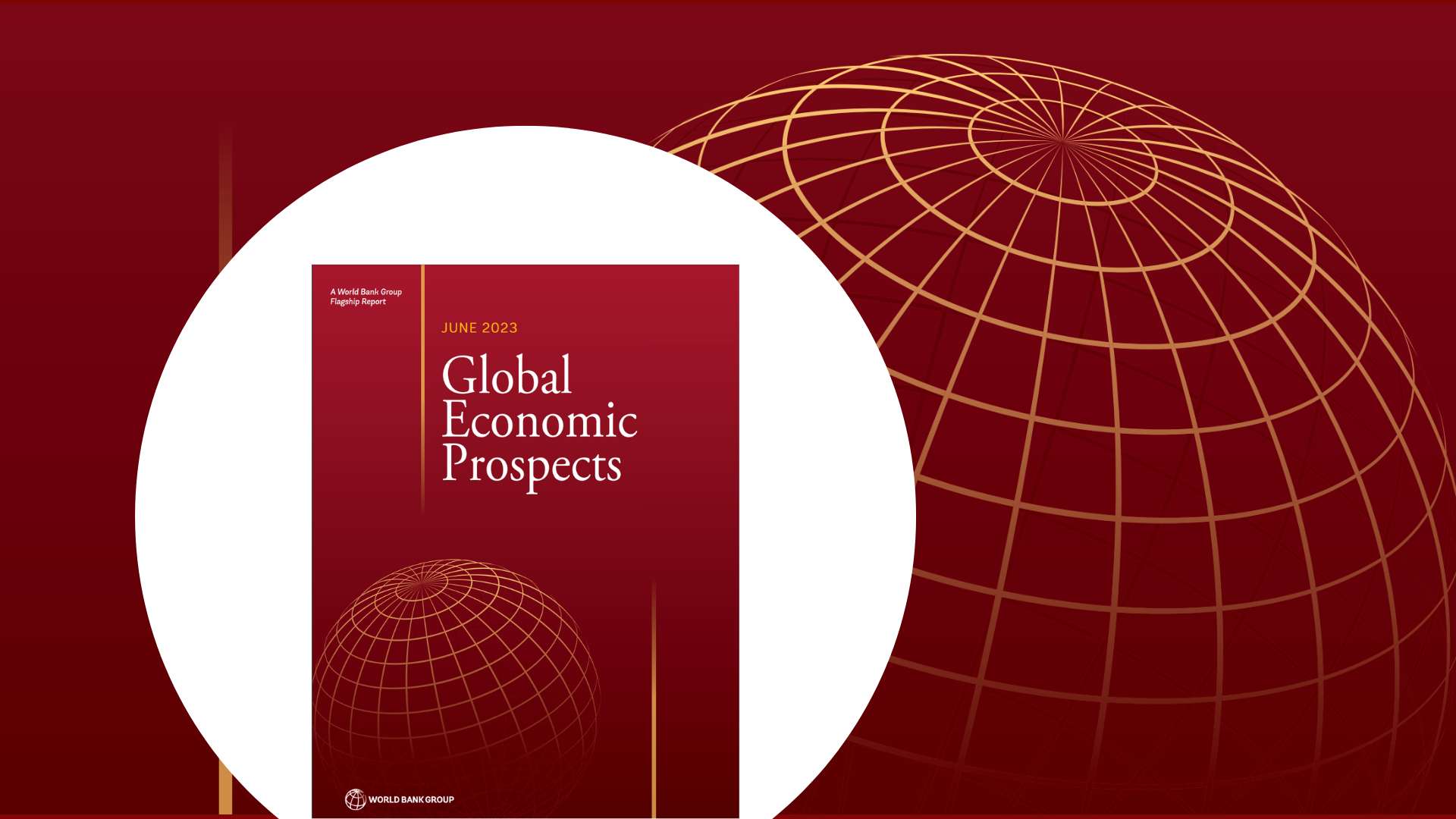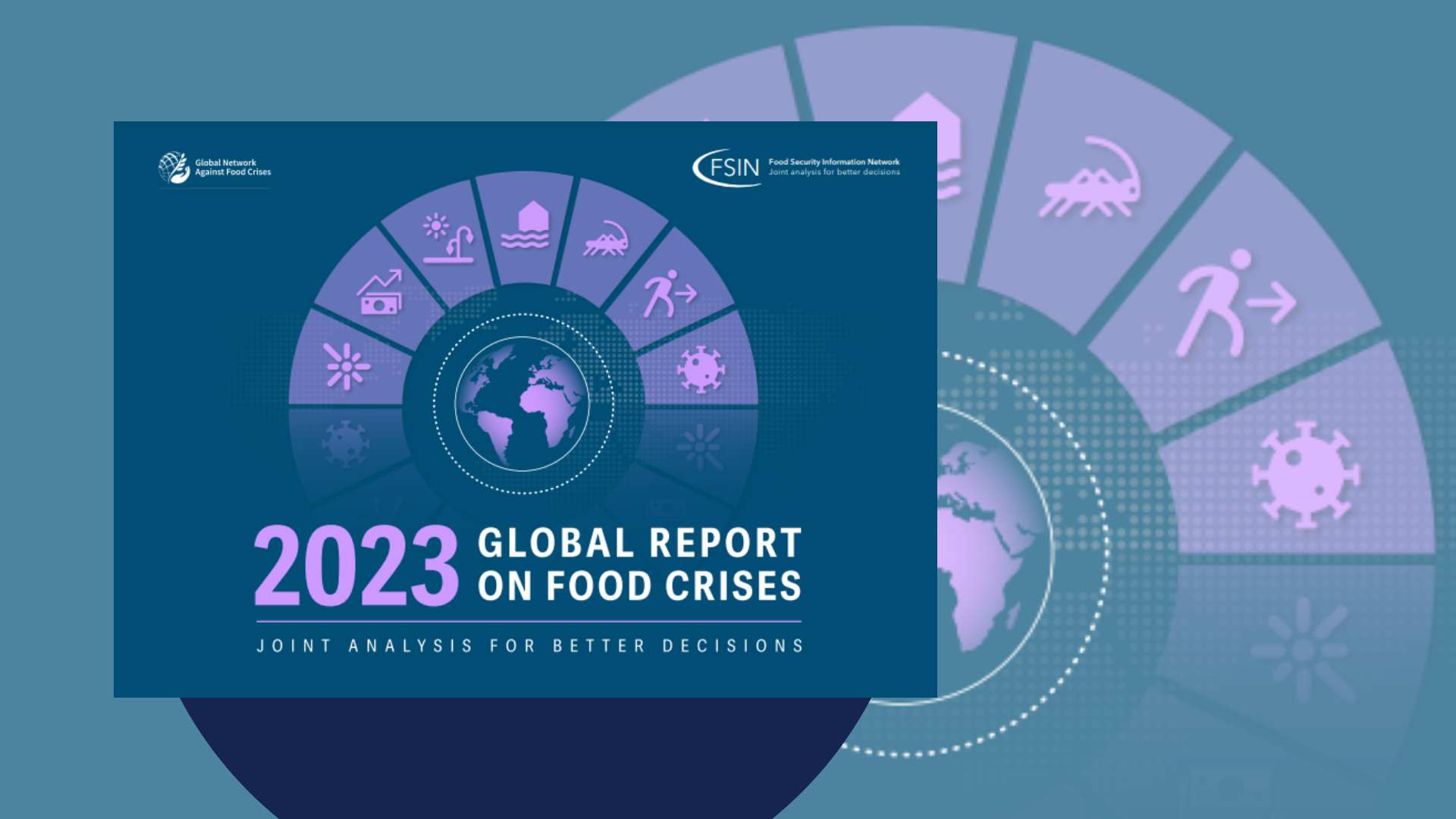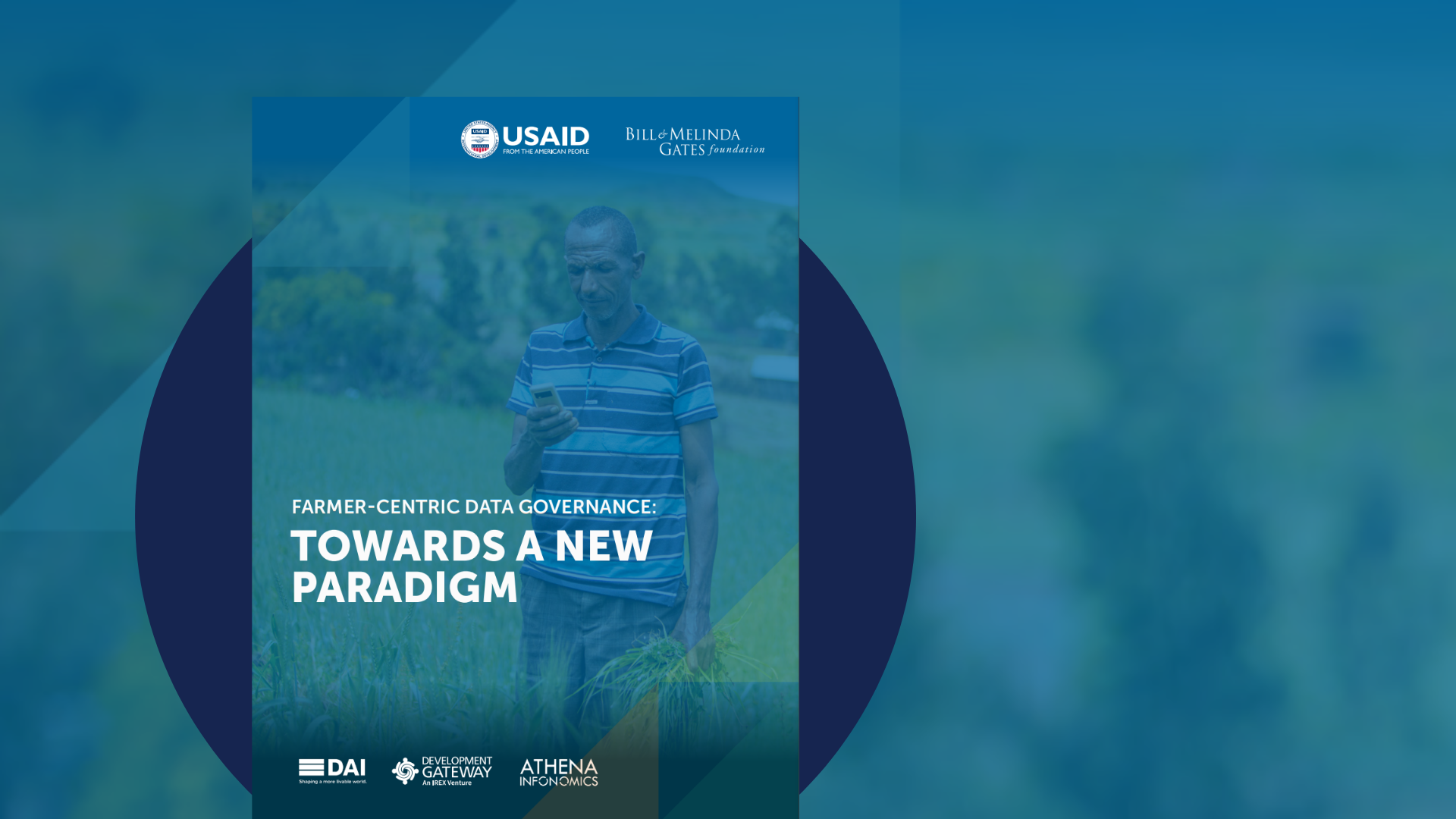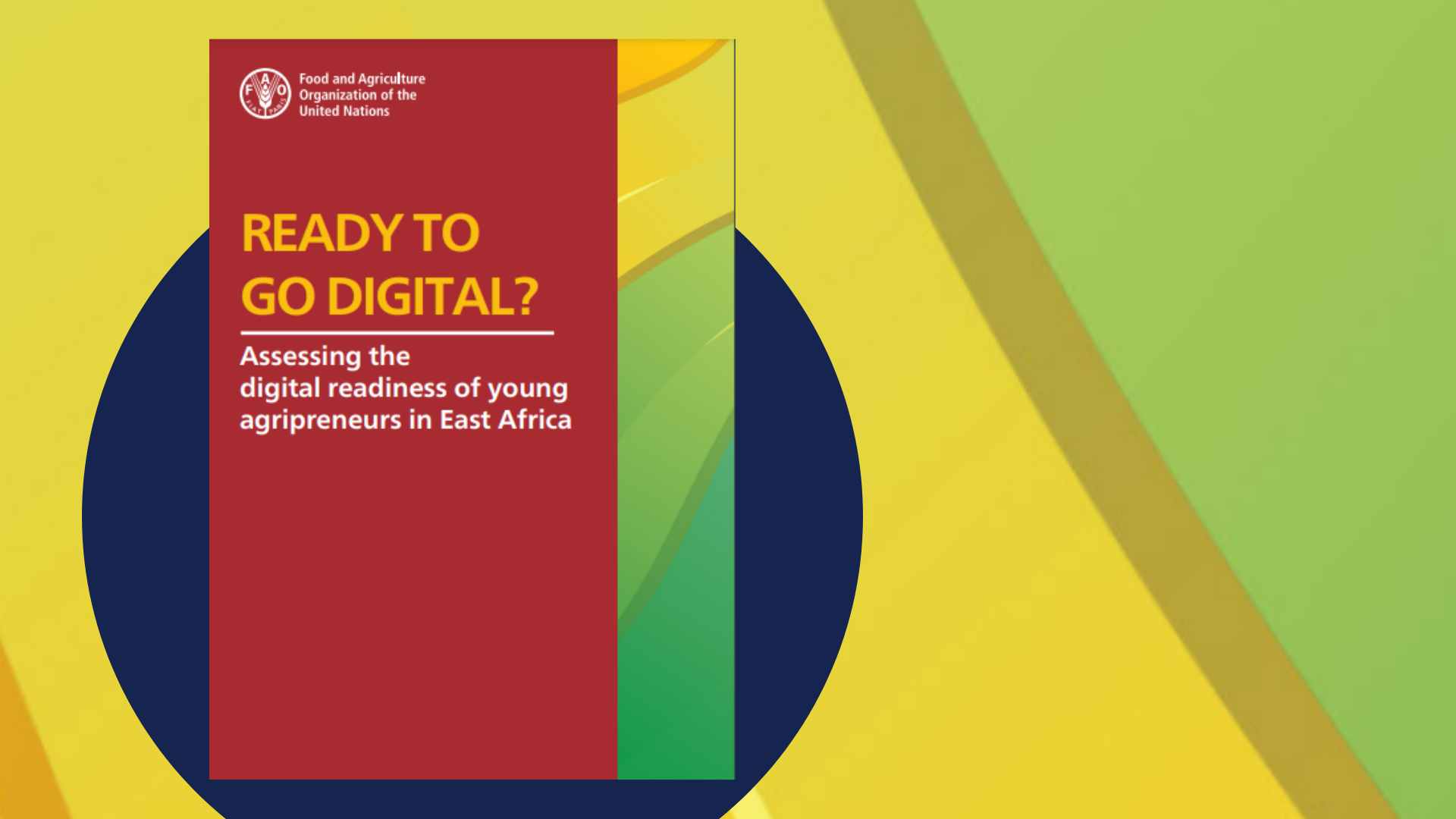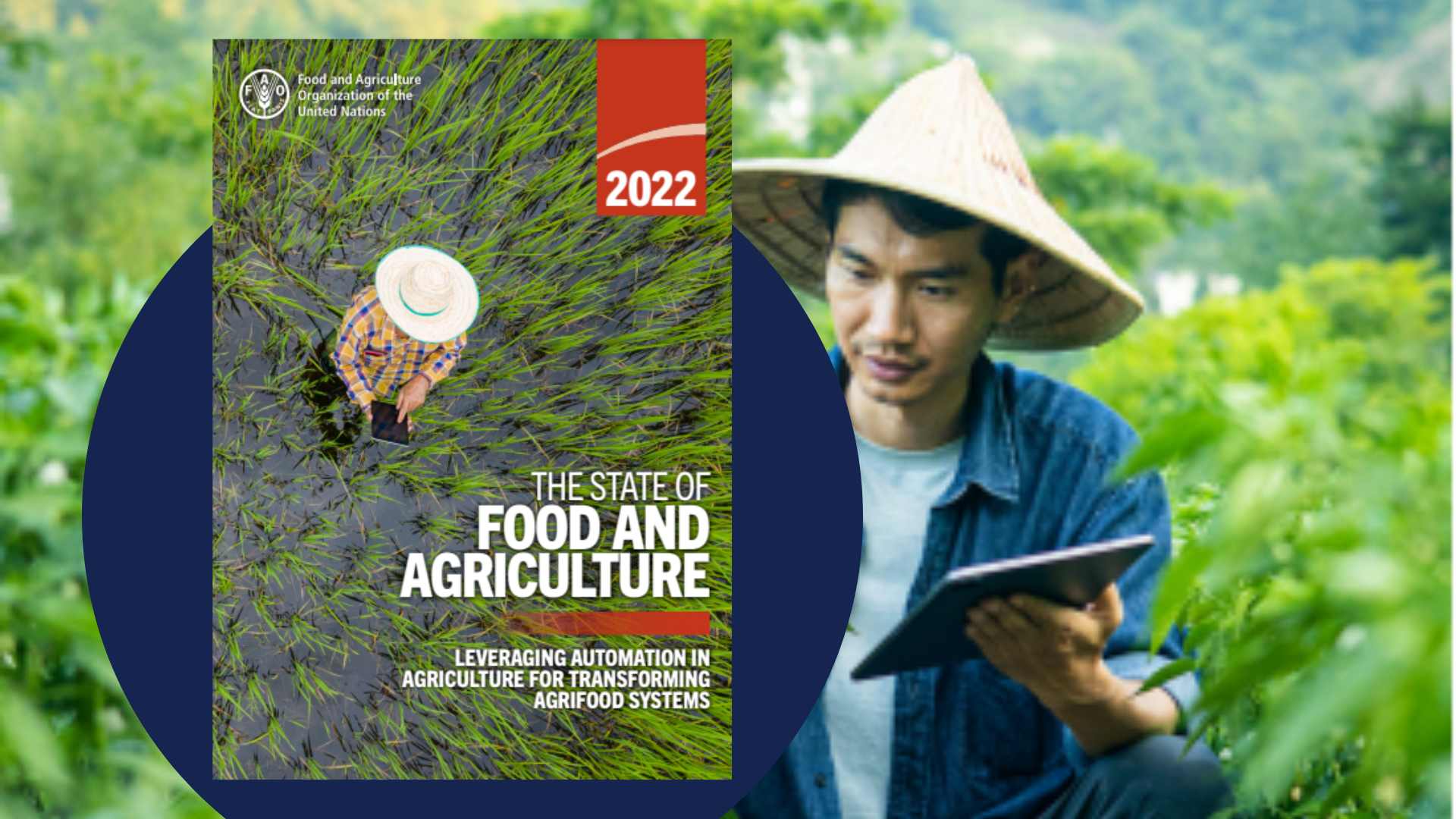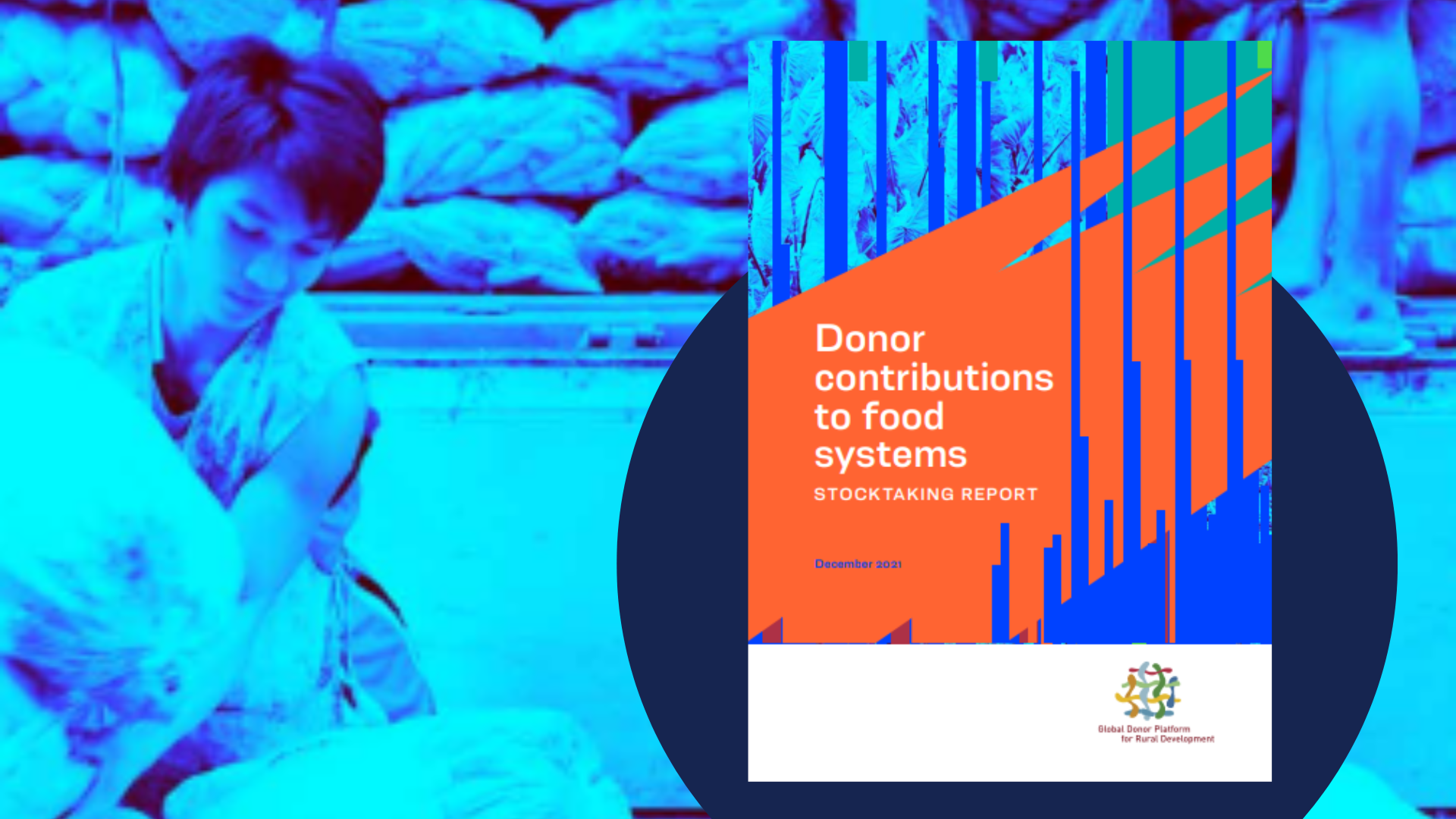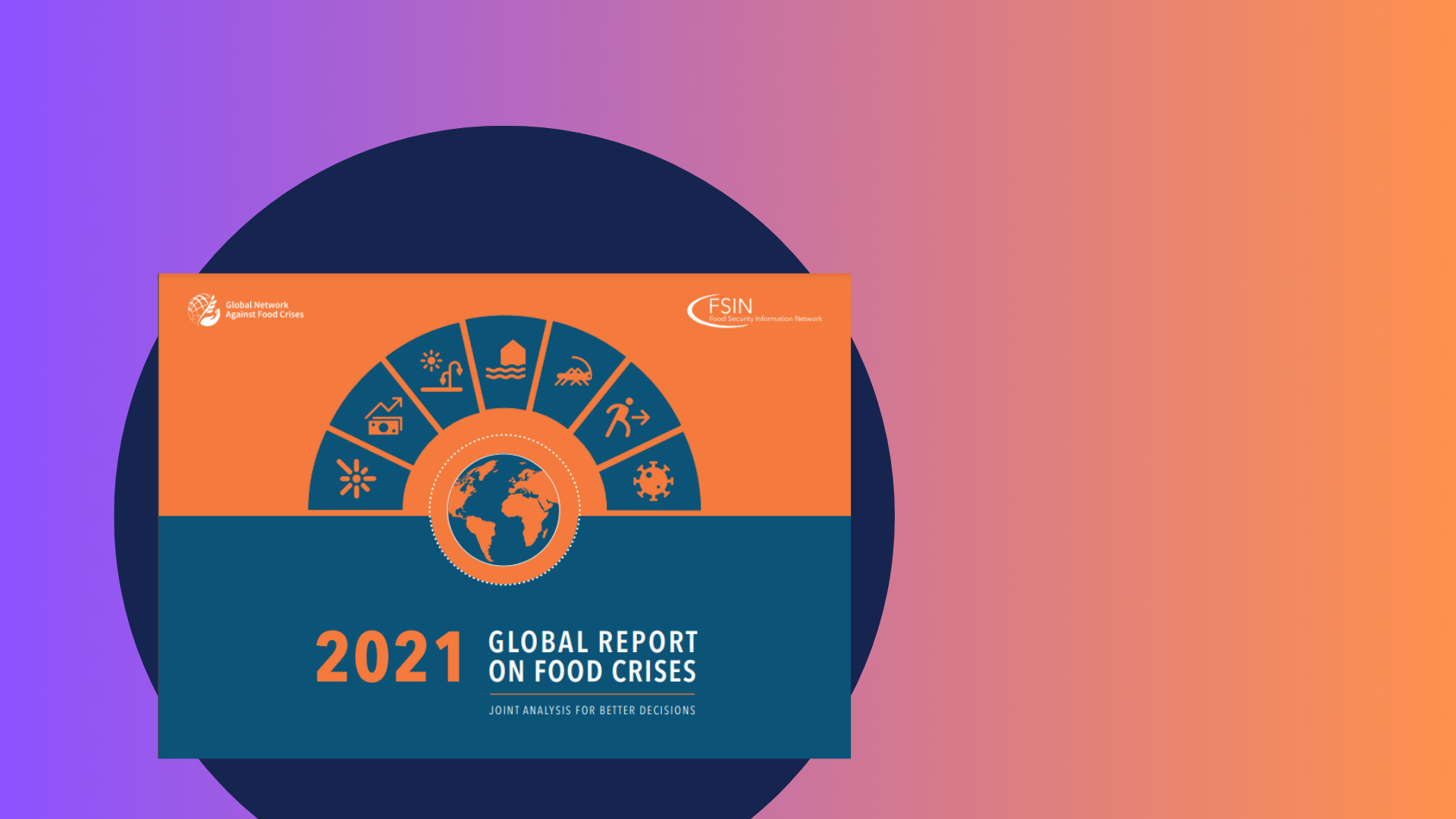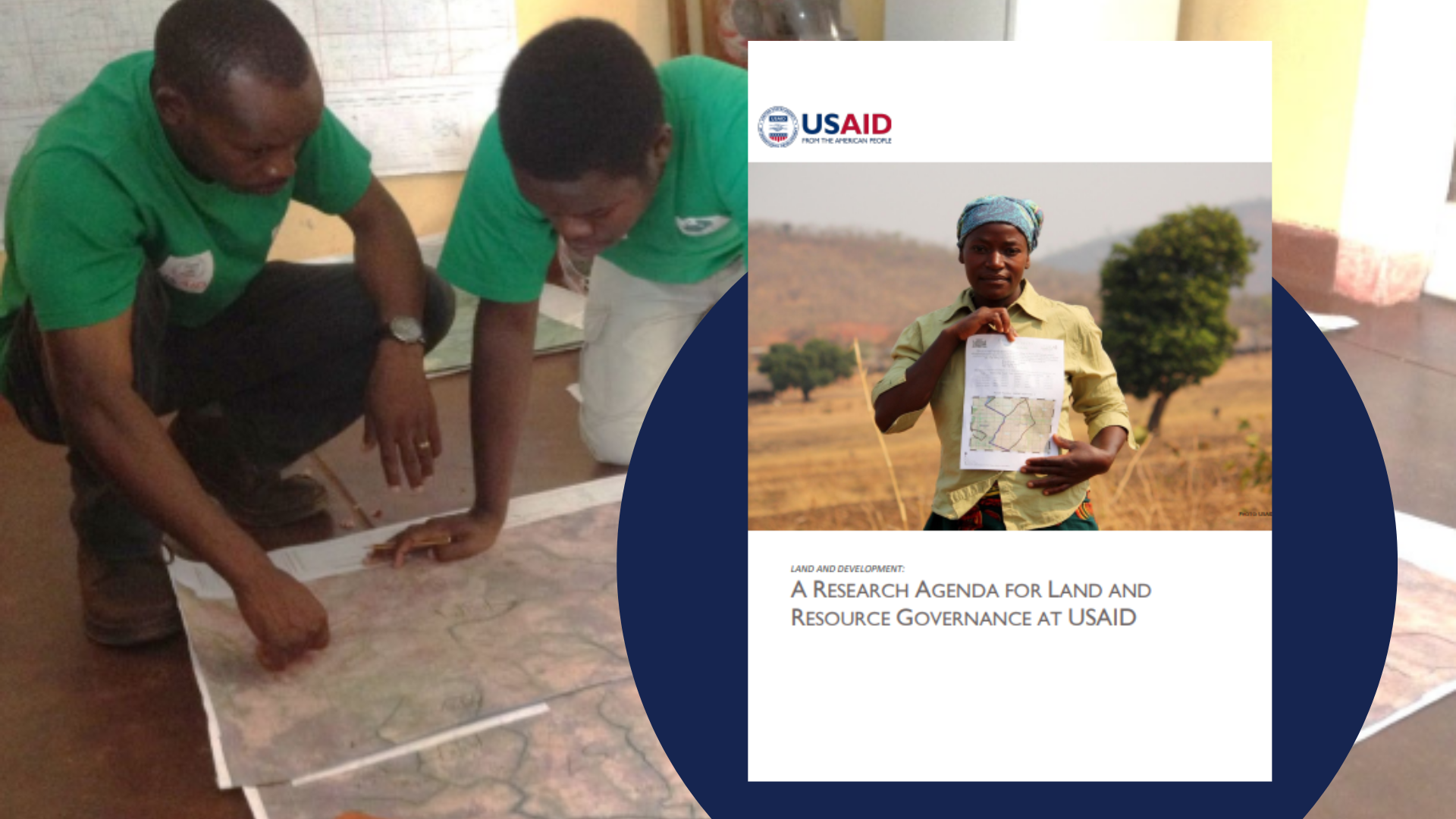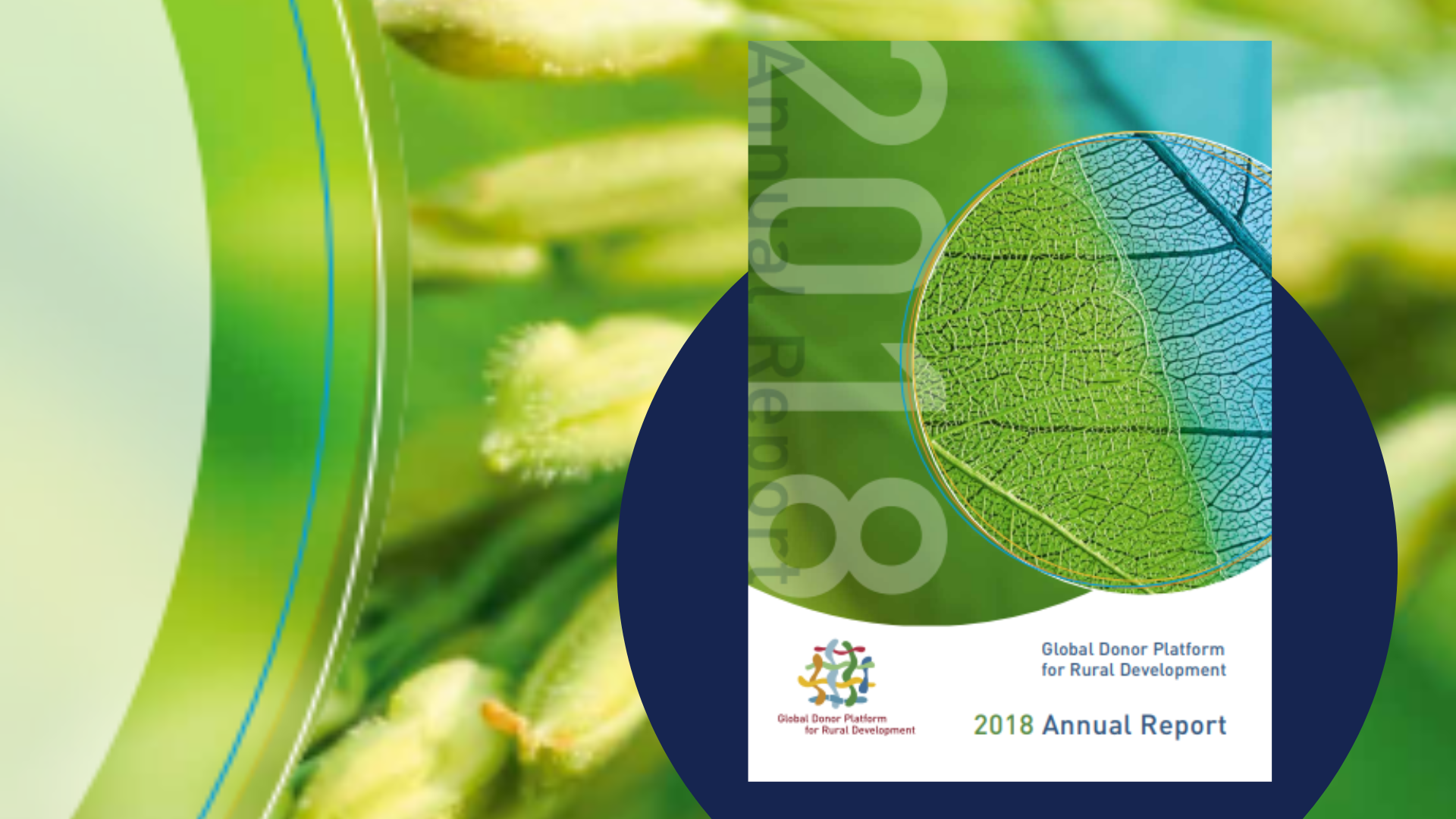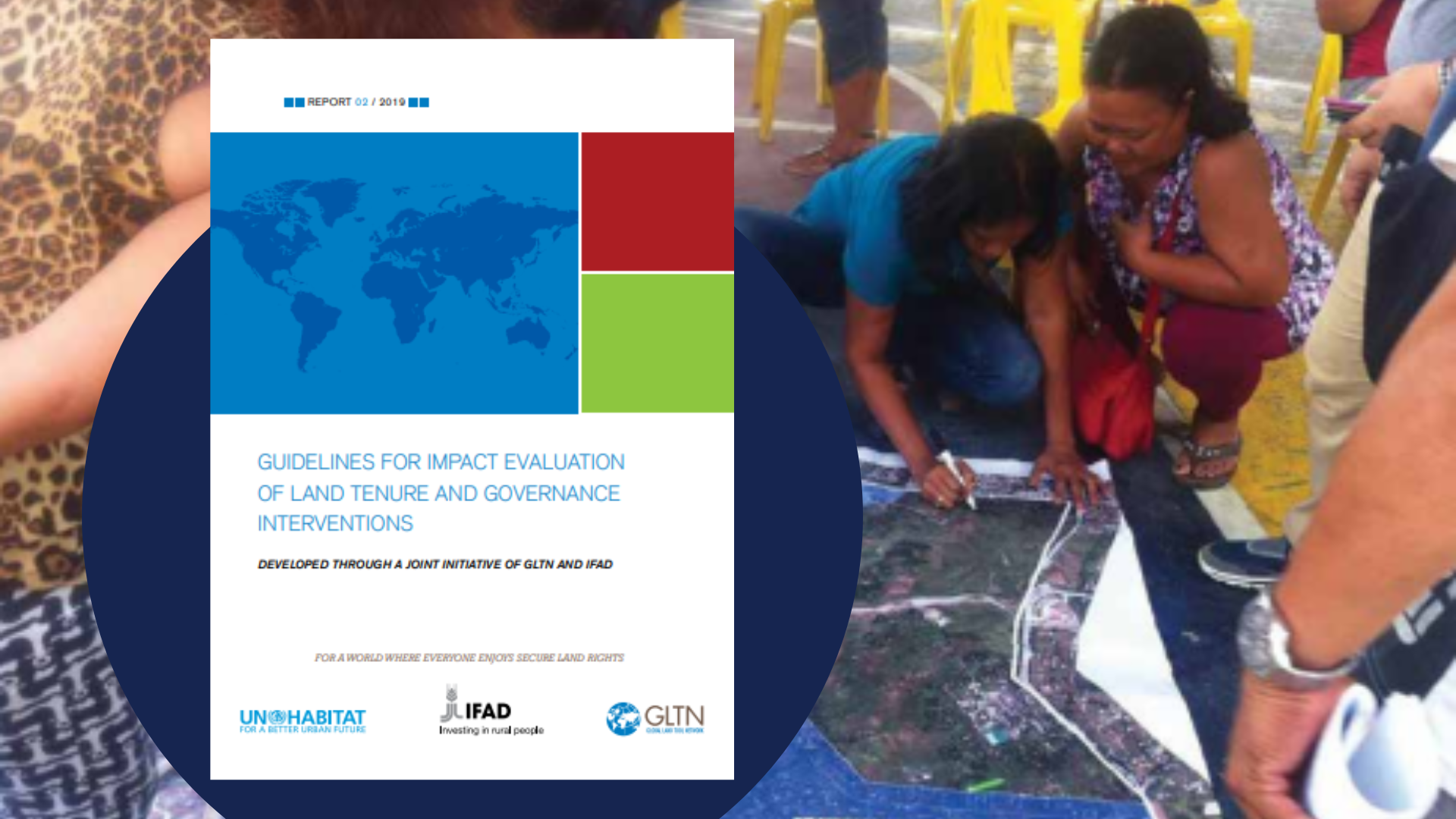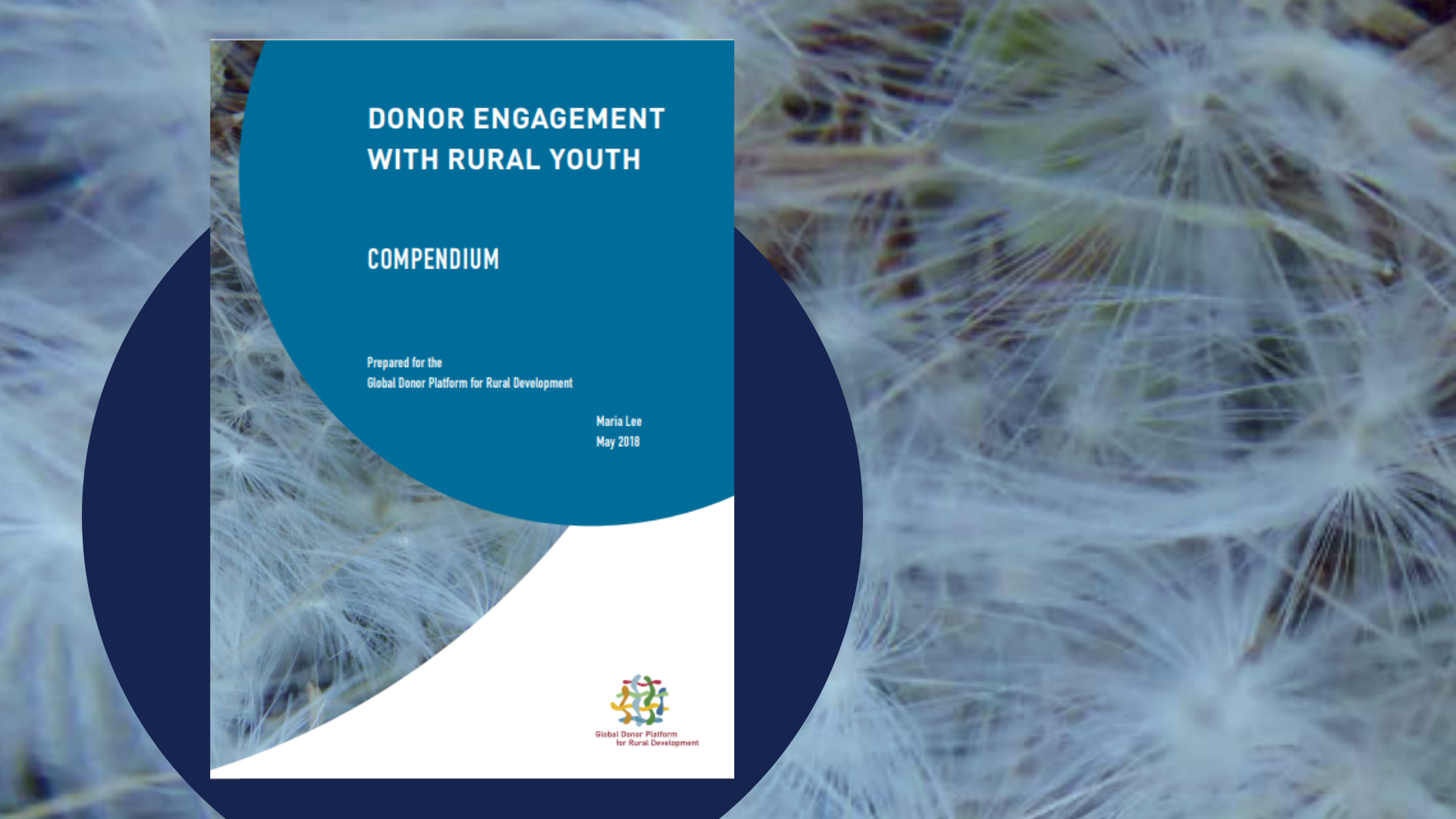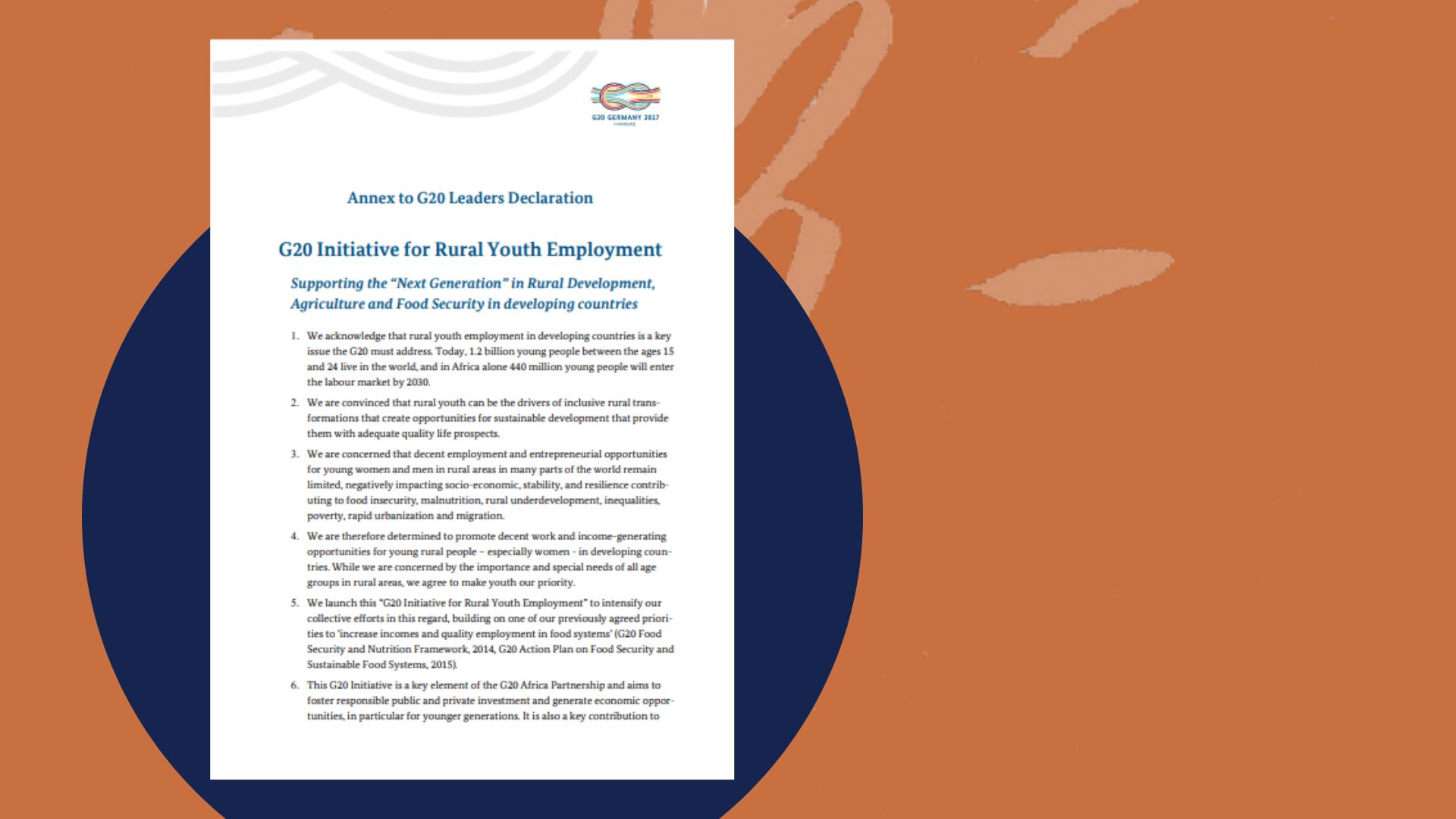This technical note presents the detailed research, findings and recommendations from the enquiry into sustainable finance in agrifood systems conducted in 2023 by the Shamba Centre for Food & Climate in collaboration with members of the GDPRD. This complements the summary report Unleashing the Catalytic Power of Donor Financing to Achieve Sustainable Development Goal 2 released in March 2024.
This report is part of the GDPRD workstream on sustainable finance for SDG2.
Download the reports



How can governments and development agencies make their aid more catalytic to encourage development finance institutions (DFIs) and private sector investment in sustainable agriculture, food security and nutrition in low- and middle-income countries? This question served as the foundation for the enquiry undertaken by the GDPRD and the Shamba Centre.
The enquiry showed that blended finance is nascent but thriving, with noteworthy innovations taking place across blended funds and instruments. DFIs and donor governments have indicated a readiness to embrace these innovative financing mechanisms.
Following the publication of the enquiry findings and its recommendations in the report Unleashing the Catalytic Power of Donor Financing to Achieve Sustainable Development Goal 2, the GDPRD and the Shamba Centre are now issuing an accompanying Technical Note.
This Technical Note provides detailed answers from stakeholders on the central questions of the enquiry:
- How are donors making their financing more catalytic?
- How can donors ensure that their financing is additional?
- How are donors using their concessional financing to crowd in commercial financing from DFIs and the private investors?
A summary of the key findings and recommendations is available in the main report (see Unleashing the Catalytic Power of Donor Financing to Achieve Sustainable Development Goal 2, pp. 8–36). Over 80 stakeholders from donor agencies, philanthropic foundations, DFIs, public and blended funds, fund managers, investment advisors, international organizations, non-governmental organizations (NGOs), investor networks and sustainable finance networks, academic institutions and consulting firms participated in the enquiry. Virtual and in-person interviews took place under Chatham House rules (see the annex of the summary report for a full list of institutions).
Share

Read the Technical Note:
Chapter 1 presents the state of play in blended finance and points out why the potential for blended finance scaling remains significant.
Chapter 2 unpacks the findings and recommendations on financing the missing middle: small and medium-sized enterprises (SMEs) seeking financing between US$25,000 and US$2 million.
Chapter 3 discusses the leverage ratio of blended financing and provides the rationale for donors to continue experimenting with blended financing, despite difficulties in determining if their investments are bringing both financial and development additionality.
Chapter 4 presents the rationale for increasing the risk appetite of DFIs. The discussion explores why and how DFIs should take more risks and, in doing so, mobilize greater amounts of financing from private investors.
Chapter 5 makes the case for more and better research and data on the loans donors provide to agrifood SMEs, in order to scale lending and blending.
Chapter 6 presents anecdotal evidence of how blended funds are responding with increasing innovation and additionality.
The findings and recommendations are based on inputs from engagement with representatives of 69 organizations and 12 individual experts.
The authors of this report are Oshani Perera, Carin Smaller, Kamal El Harty and Lysiane Lefebvre.
Publication date: June 2024









